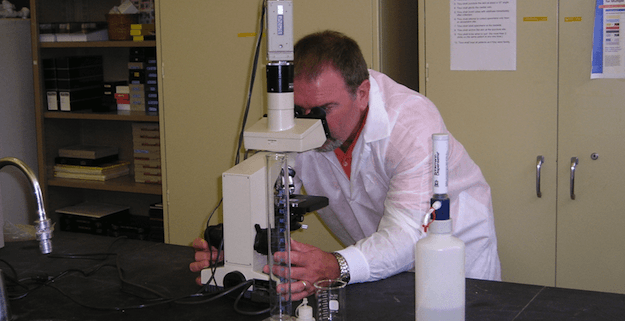Don’t Breathe, Touch, or Turn Your Back, Because What Doesn’t Kill You Makes You Sick
I wrote this article back in 2018. It’s a good time to revisit because, well, you know …
Those of you with medical elements embedded into your twisted tales will perhaps be interested in the following information. For all others, well, break out the gloves, masks and hand sanitizers, and, as an added precaution, you may want to stock your pantries because things could get ugly.
Did you know:
- At least five microbes are resistant to nearly all available antibiotics.
- 1 in 6 Americans—48 million people—get sick from contaminated food each year.
- The Centers for Disease Control’s AMD program (Advanced Molecular Detection) uses next generation sequencing and bioinformatics, and experts in epidemiology, lab sciences, and bioinformatics to provide new insight into microbes. AMD provides sequencing machines that can read the DNA or RNA code of a microbe as well as supercomputers with the capability, via advanced software, to intelligently detect patterns.
- CDC’s Advanced Molecular Detection (AMD) program is designed to protect Americans from microbial threats. AMD utilizes microbiology and bioinformatics to assist scientists and health professionals in their quest to find and stop infectious disease outbreaks.
- During the period of time between 2007-2012, construction occupations, both supervisory and line-level workers, accounted for the highest number heroin and prescription opioid–related overdose deaths. The occupation groups with the highest number of drug-related deaths caused by the use of methadone, natural and semisynthetic opioids, and synthetic opioids other than methadone, were:

- construction,
- extraction (e.g., mining, oil and gas extraction)
- health care practitioners.
- The three most common methods of committing murder in the U.S., per year, are:

Clearly, firearms, by far, lead the other means of killing.
Zoonotic Diseases

- Yes, studies indicate that people who have strong bonds with their pets often enjoy increased fitness and lower stress levels. And, the level of happiness achieved by pet owners is high. However, since pets can carry germs known as zoonotic diseases (diseases caused by harmful viruses, bacterial, parasites, and fungi), pet owners should make certain their beloved animals are healthy.
- Zoonotic diseases cause anything from mild to serious illness and even death.
- According to the CDC (Centers for Disease Control and Prevention) “Zoonotic diseases are very common, both in the United States and around the world. Scientists estimate that more than 6 out of every 10 known infectious diseases in people are spread from animals, and 3 out of every 4 new or emerging infectious diseases in people are spread from animals. Every year, tens of thousands of Americans will get sick from harmful germs spread between animals and people. Because of this, CDC works 24/7 to protect people from zoonotic diseases.”
- To help fend off zoonotic disease, avoid contact with the saliva, blood, urine, mucous, feces, or other body fluids of an infected animal.

- Have your pet examined by a veterinarian, regularly.
- Use caution and wear protective clothing (gloves, face masks, etc.), when in contact with areas where animals are or were at some point. The same is true when handling objects or touching surfaces that have been contaminated with germs—aquarium water, hamster habitats and play areas, dog and cat bedding and litter boxes, chicken coops, plants, and even soil, leftover pet food, and water dishes.
Please, always wash your hands often and thoroughly, even after petting or otherwise contacting animals, including your own pets. You never know what could be hiding in that soft fur and on those adorable faces.

*Source ~ Centers for Disease Control and Prevention





